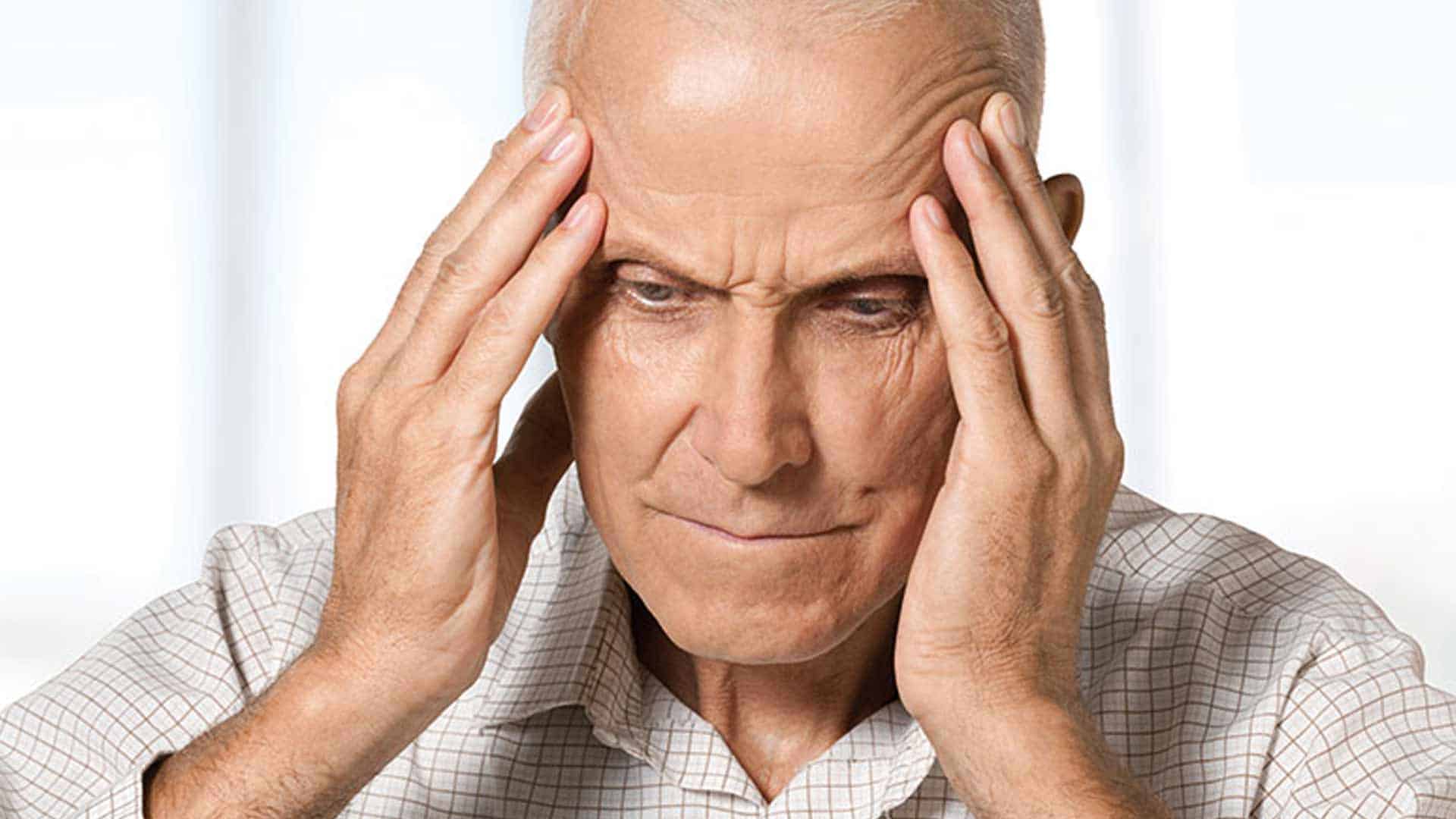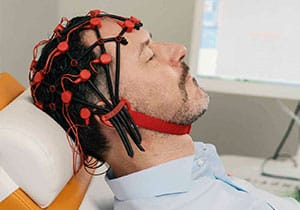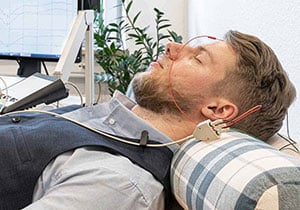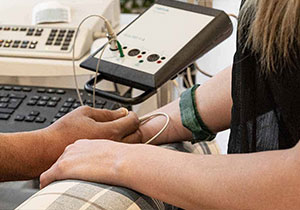
Pain syndromes
Everyone knows pain. It seems to be an inevitable part of life and human nature. Especially in art, pain is often stylized as something outstanding. “Only that which does not cease to hurt remains in the memory”, said Friedrich Nietzsche. Pain patients see things differently.
Symptoms — how does pain manifest itself?
Pain is a phenomenon that can signal both everyday dangers and illnesses. What often torments a pain patient is the excessive and excessive experience of pain, which has become uncoupled from a mere warning situation and has become a symptom of illness. The different qualities of pain as well as its acute or chronic occurrence indicate different underlying diseases.
Pain is a common condition that can have a variety of psychological and physical causes. In addition to complex psychiatric illnesses, neurological and orthopaedic illnesses are also triggers — and often a combination of illnesses.
- Acute pain: decreases again as healing progresses (e.g. post-operative pain).
- Chronic pain: By definition, lasts longer than six months. In addition to the physical cause of pain, psychosocial factors are playing an increasingly important role nowadays.
Both pain diagnosis and pain therapy are made more difficult by the fact that pain is perceived subjectively and the intensity of pain can only be defined by the patient alone.




